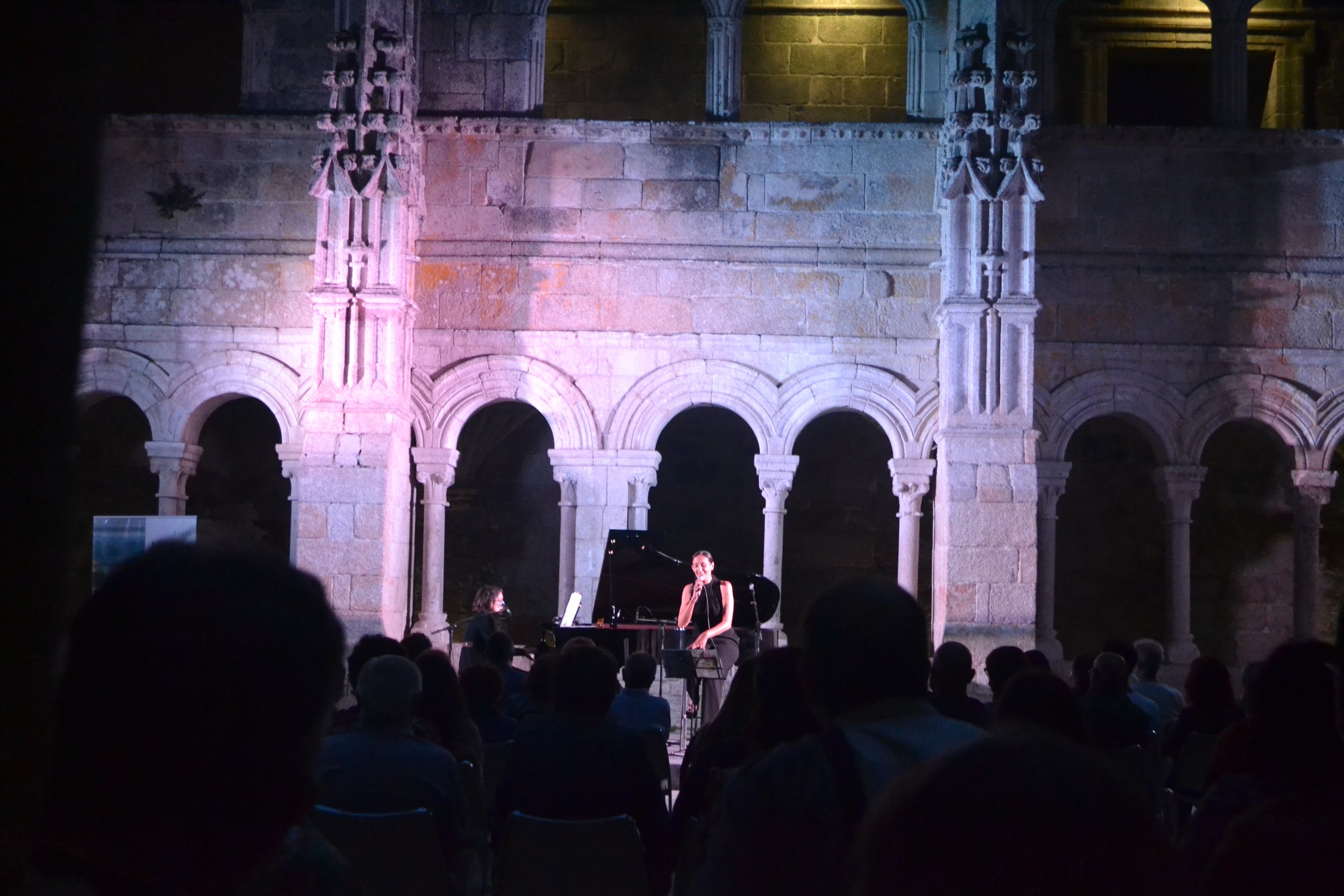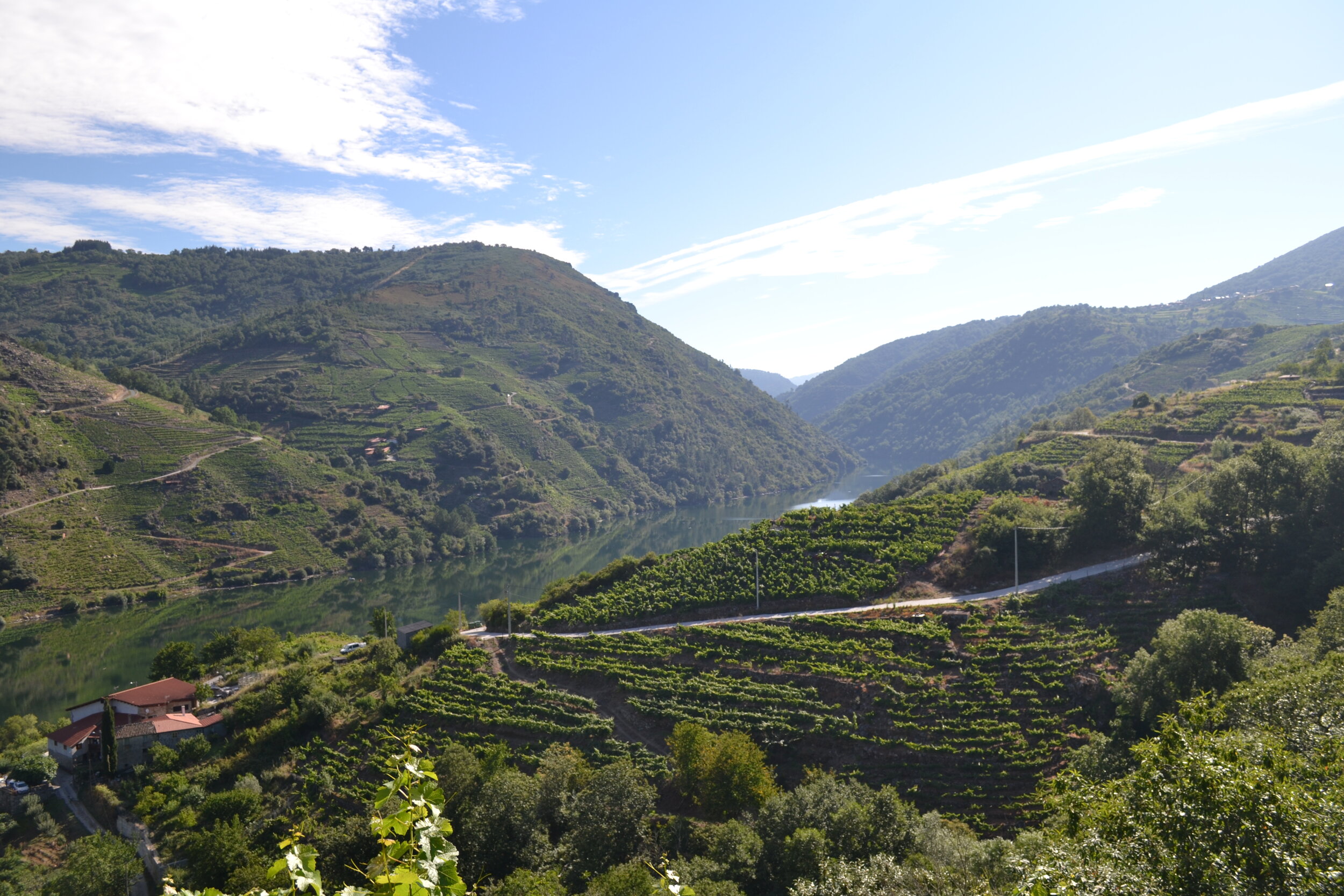
Pilgrimage with the five senses
Two celebrations concur in this I Ciclo Musica en el Sil series: 1,100 years of the Santo Estevo Monastery, established as such in the Ribeira Sacra in 921, and the Xacobeo Year 2021. Música en el Sil was born to celebrate the landscape, the music, literature and wine from a land that has served as a place of passage and rest for pilgrims and home to the first European hermits. A land that has inspired passersby from all over the world and now urges us to make music in a setting steeped in history. The three concerts will cover centuries of music from Galicia and inspired by it: from the medieval musical heritage of Galician codices, folklore and literature, to music written in the 21st century, the listener will travel through time with the ear, while the taste, smell, sight and touch enjoy the architecture, wine and nature of this unique land.
Enriqueta Somarriba, Artistic Director
Artists
-

Rosa Cedrón
VOICE AND CELLO
-

Cristina Pato
PIANIST AND BAGPIPER
-

Schola Antiqua
DIRECTOR: JUAN CARLOS ASENSIO
-

Enriqueta Somarriba
PIANIST
ARTISTIC DIRECTOR
About the Santo Estevo Monastery
The monastery of Santo Estevo de Ribas de Sil is one of the most prominent and spectacular of the rich monumental heritage of Galicia. It was built between the 12th and 18th centuries.
According to most ancient tradition, Santo Estevo was founded in the 6th century by Saint Martín Dumiense. It might have been so, because the Christianization reached Galicia by the south route, through the Roman roads from Baetica to Braga and from here to Astorga and Lugo. The early monasticism also arrived this way.
With the privilege of Ordoño II, issued on 12th October of the year 921, the documented history about this monastery begins. The King gave to the Abbot Franquila the ruined and abandoned territory of San Esteban, with its groves, fishing and river banks, to build a basilica and monastery there. Franquila was said to govern a community of hermits and decided to restore the monastic life in San Esteban.
This was an important monastery since here, nine bishops went off renouncing their Episcopal seats and they chose the monastery to end their days throughout the 10th century and perhaps part of the 11th. The monastery kept their remains and has the nine mitres in its coats of arms.
The concerts will take place in the Bishop’s Cloister, that together with the church is the oldest preserved in the monastery. It is called so, because the nine bishops who went off to this monastery were buried there until their bodies were transferred to the church. The collection of different architectural styles makes up a homogeneous and harmonious whole. It has two sections: the lower is Romanesque and the upper one is of the transition from Gothic to Renaissance.
Text from turismo.ribeirasacra.org

